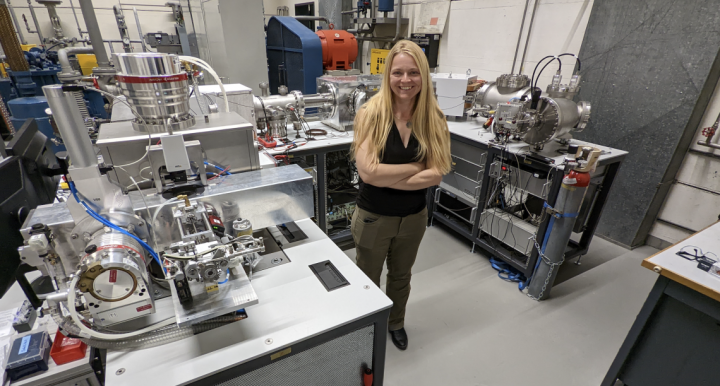The University of Arizona Campus Arboretum is comprised of woody plants located on the nearly 400 acre main campus in the heart of Tucson, AZ. Many of those woody plants are the product of Land-Grant research addressing state needs: initially addressing the 19th century need for an agricultural base to the Arizona Territory and later, responding to the 20th century need for resource-conscious landscapes as a result of increased urbanization and environmental concern.


